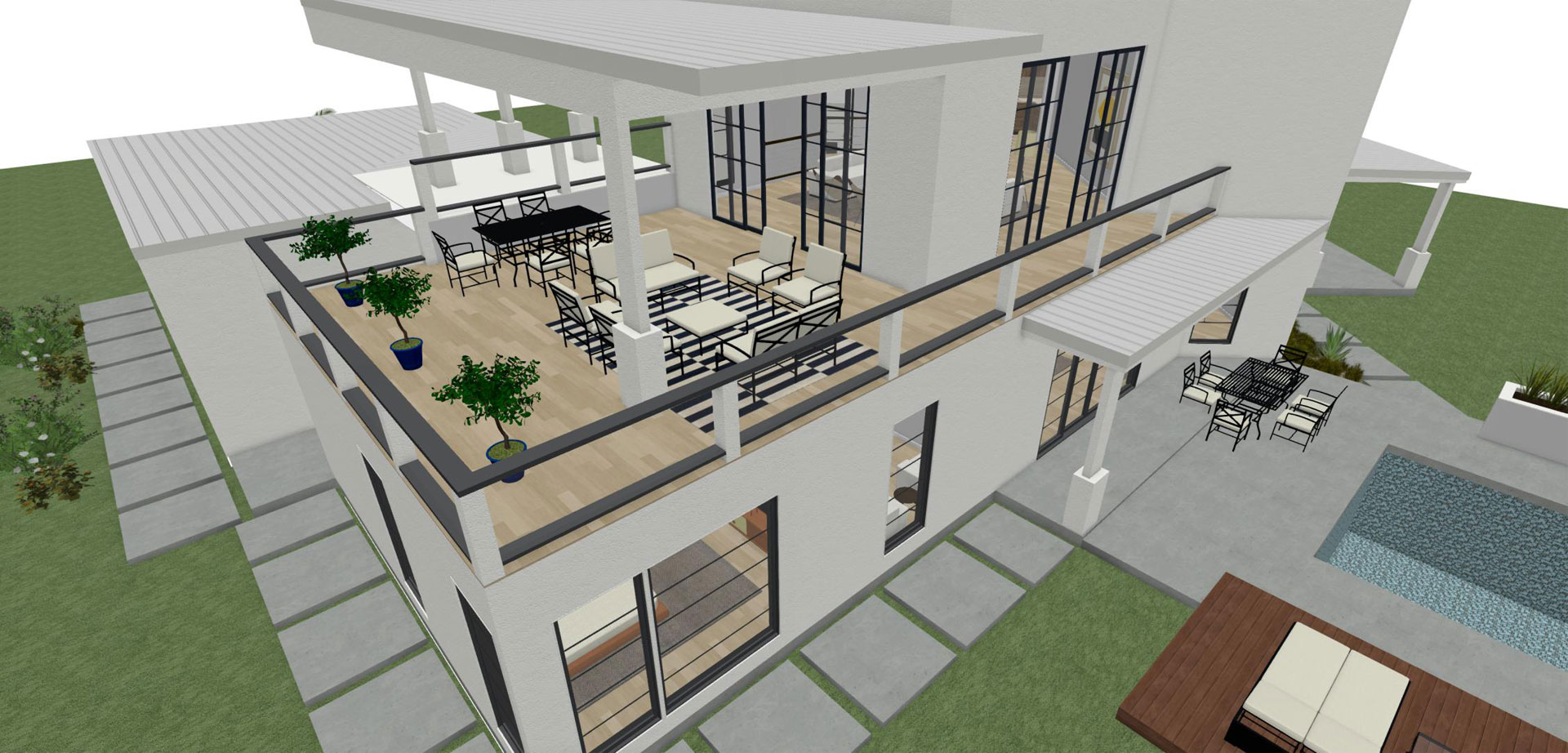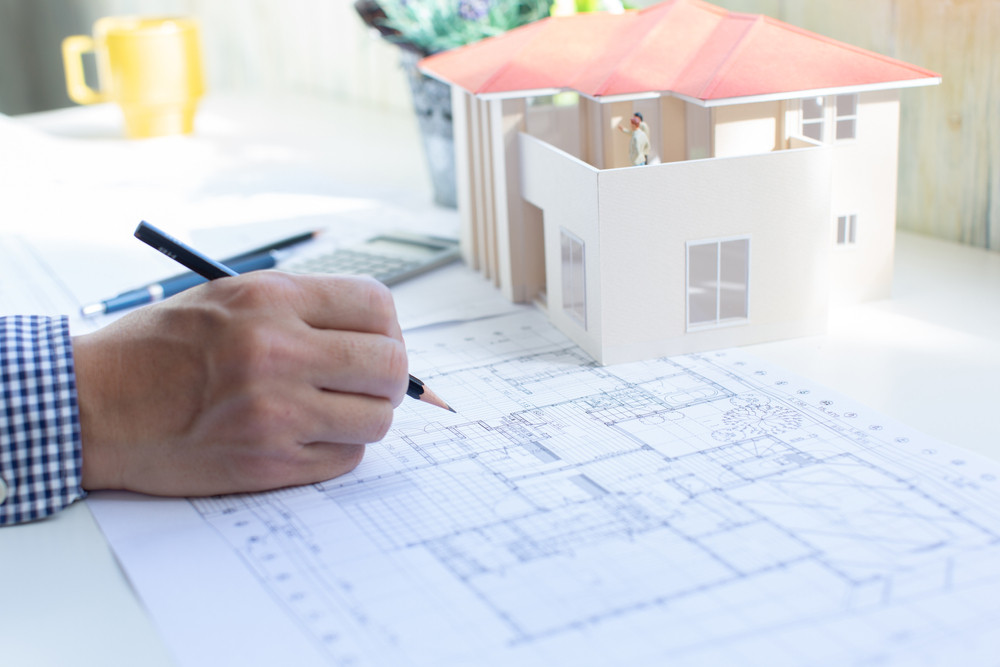Exactly How CDA Architects Integrate Eco-Friendly Practices in Architectural Projects
Exactly How CDA Architects Integrate Eco-Friendly Practices in Architectural Projects
Blog Article
The Impact of Technological Improvements on the Design Practices of Contemporary Architects
The fast advancement of technical tools has considerably improved the layout landscape for modern engineers, cultivating extraordinary levels of development and sustainability. Exploring these characteristics discloses a nuanced interplay in between modern technology and typical layout approaches, prompting a closer evaluation of what the future holds for building techniques.
Development of Architectural Devices
Exactly how have architectural devices transformed the layout and building and construction processes over the centuries? The evolution of architectural devices has actually substantially influenced the efficiency, precision, and creative thinking of style and building and construction. In old times, architects depend on primary tools such as plumb bobs, gauging poles, and fundamental geometry to develop frameworks. These devices laid the structure for very early architectural method, enabling the building and construction of renowned structures, albeit with limitations in accuracy and complexity.
With the advent of the Renaissance, the intro of the compass and the protractor marked an essential change. These tools allowed architects to accomplish better accuracy in their styles, promoting the development of more elaborate and proportionate buildings. The Industrial Change even more transformed architectural experiment the intro of mechanized devices and products, permitting larger and much more enthusiastic projects.
In the 20th century, the development of computer-aided style (CAD) software changed the landscape once more, providing designers with unprecedented abilities in modeling and visualization. Today, progressed tools such as Structure Info Modeling (BIM) and parametric layout software program remain to push the boundaries of building advancement, allowing a more incorporated strategy to layout and building processes.
Boosted Cooperation in Layout
As modern technology remains to develop, improved collaboration in design has ended up being a keystone of modern-day architectural method. The integration of digital tools such as Building Details Modeling (BIM), cloud-based systems, and progressed visualization software program has actually transformed the means designers, designers, and stakeholders communicate throughout the layout process. These tools assist in real-time interaction, enabling groups to share concepts, adjustments, and feedback quickly, no matter geographical place.

Additionally, interdisciplinary cooperation has actually been structured with these technological advancements, making it possible for architects to function more carefully with various other professionals, such as urban organizers and ecological specialists. The outcome is an extra natural approach to develop that considers different viewpoints and know-how. Inevitably, improved collaboration in design is not simply a fad; it is necessary for creating cutting-edge, practical, and aesthetically pleasing style in a significantly complicated world.
Sustainability Through Innovation
Sustainability in architecture has actually increasingly ended up being intertwined with technological technology, driving the sector toward environmentally responsible practices - cda architects. Contemporary engineers are leveraging advanced modern technologies to minimize ecological effect while enhancing the efficiency of buildings. One prominent instance is making use of Building Info Modeling (BIM), which permits exact planning and resource allotment, minimizing waste during building and construction and promoting power performance throughout a building's lifecycle
Furthermore, smart products and energy-efficient systems are being incorporated into layouts to maximize resource usage. Technologies such as solar batteries and eco-friendly roofing systems harness sustainable power resources, adding to decreased carbon impacts. Furthermore, the application of expert system in layout procedures allows designers to simulate and analyze power usage, leading choices toward more sustainable outcomes.
The assimilation of sustainable innovations not only lines up with worldwide environmental goals however additionally meets a boosting demand from consumers for green solutions. As designers accept these developments, the emphasis changes in the direction of producing rooms that are not just visually pleasing but likewise functionally sustainable, therefore redefining the standards of modern architecture. By doing this, innovation functions as a catalyst for sustainability, enabling designers to develop buildings that respect and boost the natural surroundings.
Challenges in Implementation
While technical developments in design hold excellent pledge for boosting sustainability, their implementation frequently experiences substantial difficulties - cda architects. One main challenge is the high learning contour linked with brand-new innovations. Designers and building experts might call for considerable training to successfully utilize sophisticated software application and tools, which can delay project timelines and increase prices
In addition, the combination of arising modern technologies, such as Building Info go to this web-site Modeling (BIM) and lasting products, usually necessitates partnership throughout multidisciplinary teams. This cooperation can be impeded by differences in expertise, workflows, and communication styles, leading to potential disputes and ineffectiveness.
Financial constraints better make complex site web the adoption of innovative modern technologies. Lots of architectural companies, specifically smaller ones, might do not have the resources to invest in innovative tools, limiting their ability to take on bigger firms that can manage such financial investments.
Furthermore, regulatory frameworks and building regulations might not maintain pace with technological innovations, developing uncertainty and potential conformity concerns. This obstacle can prevent architects from totally welcoming new technologies, as the risk of non-compliance may exceed the benefits. Consequently, resolving these execution challenges is crucial for the successful assimilation of technical developments in modern building practices.
Future Trends in Style
The challenges related to the execution of new technologies in style have actually motivated a reevaluation of future fads within the market. As engineers browse issues such as sustainability, urbanization, and social equity, they are increasingly adopting ingenious innovations to boost layout effectiveness and environmental performance.
One noticeable fad is the integration of synthetic knowledge (AI) in the style procedure. AI tools can assess large datasets to notify layout decisions, improving both click over here creativity and functionality. Building Information Modeling (BIM) continues to evolve, allowing real-time cooperation among stakeholders and promoting streamlined task monitoring.
Sustainable style techniques are additionally acquiring momentum, with designers concentrating on adaptive reuse and regenerative style concepts that reduce resource intake and waste. The incorporation of wise materials and sustainable energy sources will certainly additionally improve the resilience of structures when faced with climate modification.

Verdict
Technical innovations have considerably reshaped architectural layout techniques, helping with enhanced accuracy, cooperation, and sustainability. The integration of devices such as Building Information Modeling and parametric design software program, together with fabricated knowledge and wise products, equips architects to attend to complicated difficulties extra efficiently.
Report this page